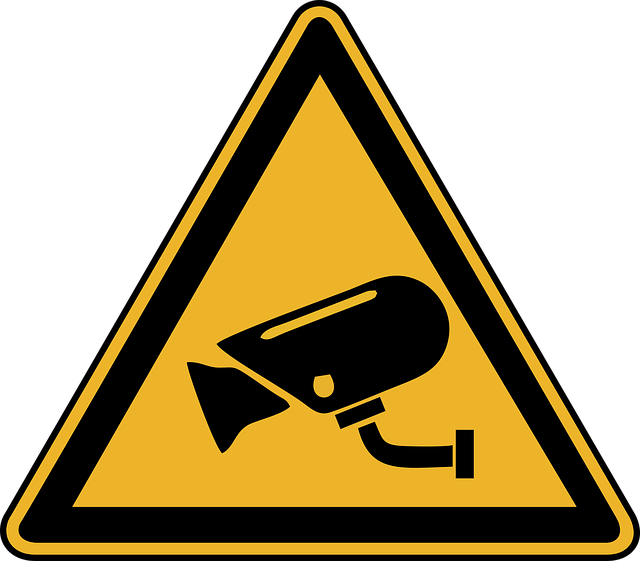Wireless surveillance cameras with night vision have transformed home security by providing clear images in darkness using infrared light, allowing remote monitoring via apps and motion detection alerts. Two main types – bullet and dome cameras – offer different advantages. Key features to consider include image sensor type (Advanced IR or Micro-LED) and wide field of view for better low-light performance. Wireless cameras are easy to install and access remotely, with motion detection enhancing security. Effective deployment requires strategic placement, lens cleaning, and stable power supply. Legal considerations demand compliance with privacy laws.
Enhance your property’s security with the power of night vision technology. In today’s world, wireless surveillance cameras offer unparalleled protection, especially during low-light conditions and the darkness of night. This comprehensive guide explores the benefits of night vision cameras, delving into different types suitable for nighttime use, key features to consider, and essential installation, maintenance, and legal aspects. Discover how these advanced systems can transform your security landscape.
Understanding Night Vision Technology and Its Benefits
Night vision technology has evolved significantly, transforming the way we secure our homes and properties, especially in low-light conditions or during the nighttime. These advanced cameras leverage infrared (IR) illumination to capture clear images and videos even in complete darkness, offering a reliable security solution for any time of day or night. The heart of these systems lies in their ability to convert ambient light into visible imagery, making it possible to monitor and protect your space effectively.
Wireless surveillance cameras equipped with night vision capabilities provide numerous benefits. They allow for remote monitoring via smartphone apps, enabling you to stay connected to your property from anywhere. Additionally, these cameras offer motion detection, triggering alerts when activity is detected, ensuring swift response times. Their long-range visibility ensures a comprehensive view of your surroundings, enhancing overall security and peace of mind.
Types of Wireless Surveillance Cameras for Nighttime Use
When it comes to nighttime security, wireless surveillance cameras offer a range of options for optimal low-light performance. These cameras are designed with advanced sensors and infrared technology to capture clear images even in complete darkness. Two primary types dominate the market: bullet cameras and dome cameras. Bullet cameras, known for their sleek design and long-range visibility, are ideal for open spaces where they can effectively deter potential intruders. On the other hand, dome cameras blend seamlessly into various environments, making them perfect for indoor settings or areas requiring discretion.
Both types employ infrared LEDs to illuminate the scene, ensuring high-quality night vision without compromising daytime performance. Additionally, many modern wireless surveillance cameras feature motion detection and remote access capabilities, allowing users to monitor their properties from anywhere at any time. This combination of advanced technology and convenience makes wireless surveillance cameras a top choice for enhancing nighttime security.
Key Features to Consider When Choosing a Night Vision Camera
When selecting a night vision camera for enhanced security, several key features deserve your attention. Firstly, consider the image sensor type—whether it’s an Advanced IR (Infrared) or a more advanced Micro-LED technology. These sensors ensure superior low-light performance, capturing clear and detailed images even in complete darkness. Additionally, look for cameras with a wide field of view, ensuring comprehensive coverage of your desired area.
Wireless surveillance cameras are a popular choice due to their ease of installation and remote accessibility. Look for models that offer wireless connectivity options like Wi-Fi or cellular networks, allowing you to monitor feeds from anywhere with an internet connection. Night vision cameras with motion detection capabilities can also be beneficial, as they automatically trigger alerts when activity is detected, keeping you informed without constant monitoring.
Installation, Maintenance, and Legal Aspects of Night Vision Surveillance Systems
The installation of night vision surveillance systems, often employing infrared (IR) technology, involves strategic placement to maximize coverage and minimize light interference. Wireless surveillance cameras, a modern option, offer flexibility in positioning, allowing for discreet monitoring without extensive wiring. During setup, it’s crucial to consider factors like camera angle, distance from subjects, and the presence of artificial lighting sources that could impact image quality.
Maintenance requires regular cleaning of lenses and IR LEDs to prevent dust or debris buildup, ensuring optimal performance. Additionally, keeping an eye on power supply stability is essential, as fluctuations can affect camera functionality. Legally, the use of night vision cameras must adhere to privacy laws, with clear signage indicating surveillance areas to respect individuals’ rights. Proper installation and maintenance practices contribute to effective security while adhering to legal obligations.
Night vision cameras equipped with advanced technology offer unparalleled security solutions for low-light conditions. By understanding the benefits of infrared imaging and choosing features like HD resolution, motion detection, and wireless connectivity, you can select the ideal wireless surveillance camera for your needs. Installation and maintenance are straightforward, but staying informed about legal considerations is essential to ensure compliance. Embrace enhanced security with these powerful tools, transforming nighttime surveillance into a seamless and effective process.
